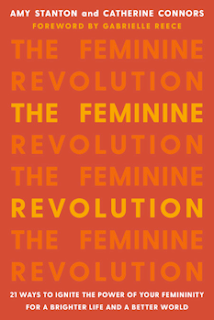STEMinist – The Female Engineer Syndrome

A few months into joining my current company, I got pranked by my work friends with a USB stick that controlled my cursor, making me accidentally archive/delete emails, type words within words, and discard drafts. This prank had been making the rounds since before my time, and everyone had had a different reaction to it; some called IT immediately, while others smelt a rat and found the culprit. My choice of reaction was to spend two whole days updating mouse firmware, rebooting, reinstalling Outlook – basically to try to find what I believed was a genuine problem in my computer on my own – until I finally gave in and called IT. The colleague who pranked me (a friend of mine) christened it the Female Engineer Syndrome. Image 1 by Sara Alfageeh @TheFoofinator / http://sara-alfa.com/ The Female Engineer Syndrome is, at times, a by-product of the Imposter Syndrome (self-doubt of abilities in one’s own field of expertise), and at other times it is a reaction to others showing...





